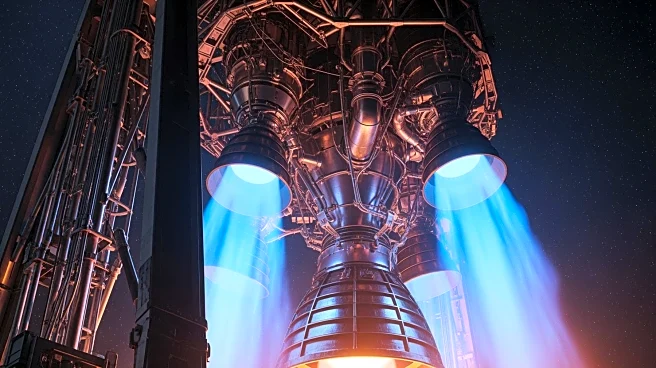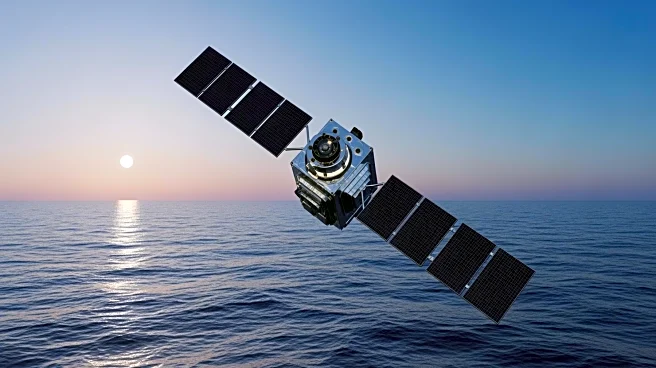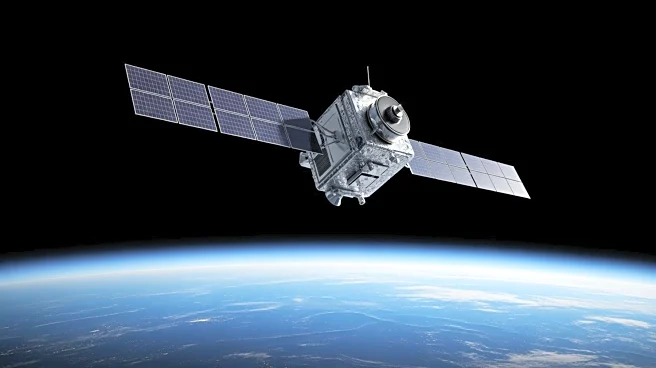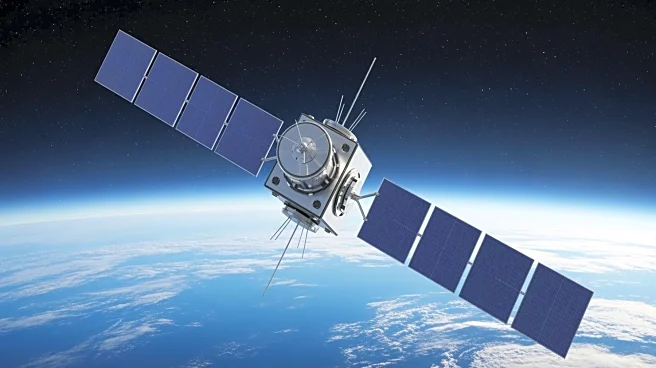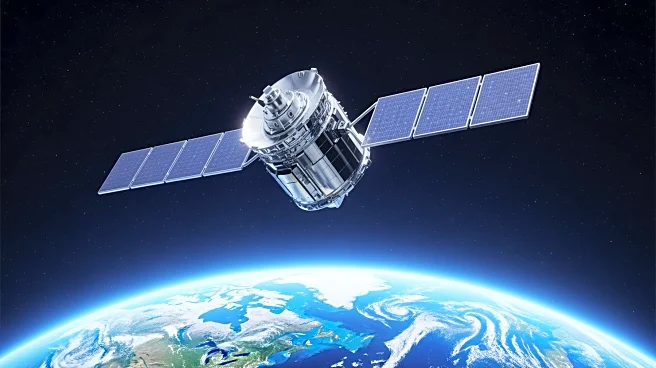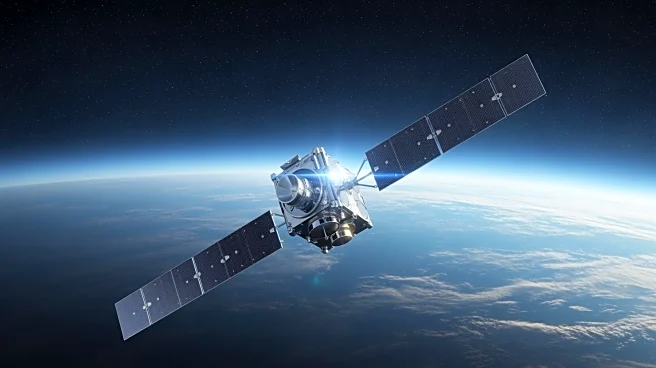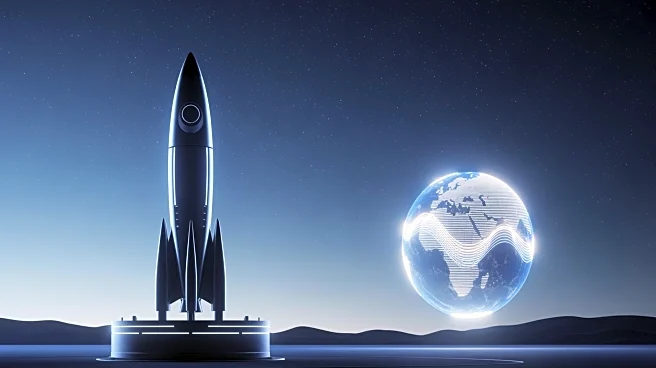What's Happening?
NASA has successfully ignited the Falcon 9's second stage Merlin engine, which is carrying the Sentinel-6B satellite. This marks the first of two planned burns that will place the satellite into its designated
orbit. The rocket's protective payload fairing has separated and is returning to Earth, where SpaceX plans to recover it. The Sentinel-6B satellite is part of a collaborative effort between NASA and European partners to monitor Earth's oceans and climate changes.
Why It's Important?
The successful ignition of the second stage engine is a critical step in deploying the Sentinel-6B satellite, which will play a vital role in tracking global sea level rise and climate change. This mission underscores the importance of international collaboration in addressing environmental challenges. The data collected by Sentinel-6B will be crucial for scientists and policymakers in understanding and mitigating the impacts of climate change, potentially influencing future environmental policies and strategies.
What's Next?
Following the successful engine ignition, the next step involves completing the second burn to ensure the satellite reaches its intended orbit. Once operational, Sentinel-6B will begin transmitting data back to Earth, contributing to ongoing climate research. SpaceX's recovery of the payload fairing is part of its efforts to reuse rocket components, which could lead to more cost-effective and sustainable space missions in the future.
Beyond the Headlines
The launch of Sentinel-6B highlights the growing reliance on satellite technology for environmental monitoring. As climate change continues to be a pressing global issue, advancements in satellite technology offer new opportunities for comprehensive data collection and analysis. This mission may also inspire further technological innovations and international partnerships in space exploration and environmental science.
